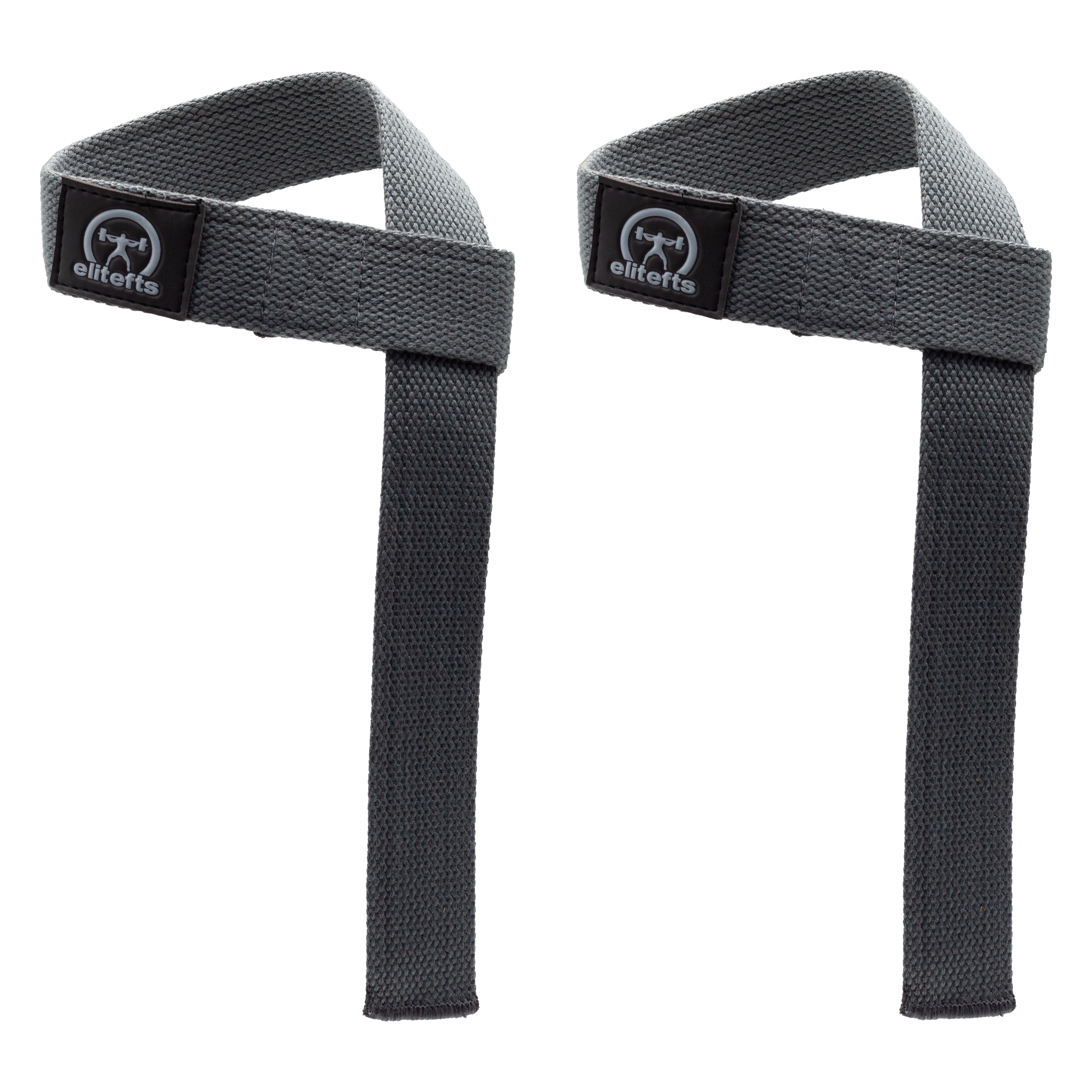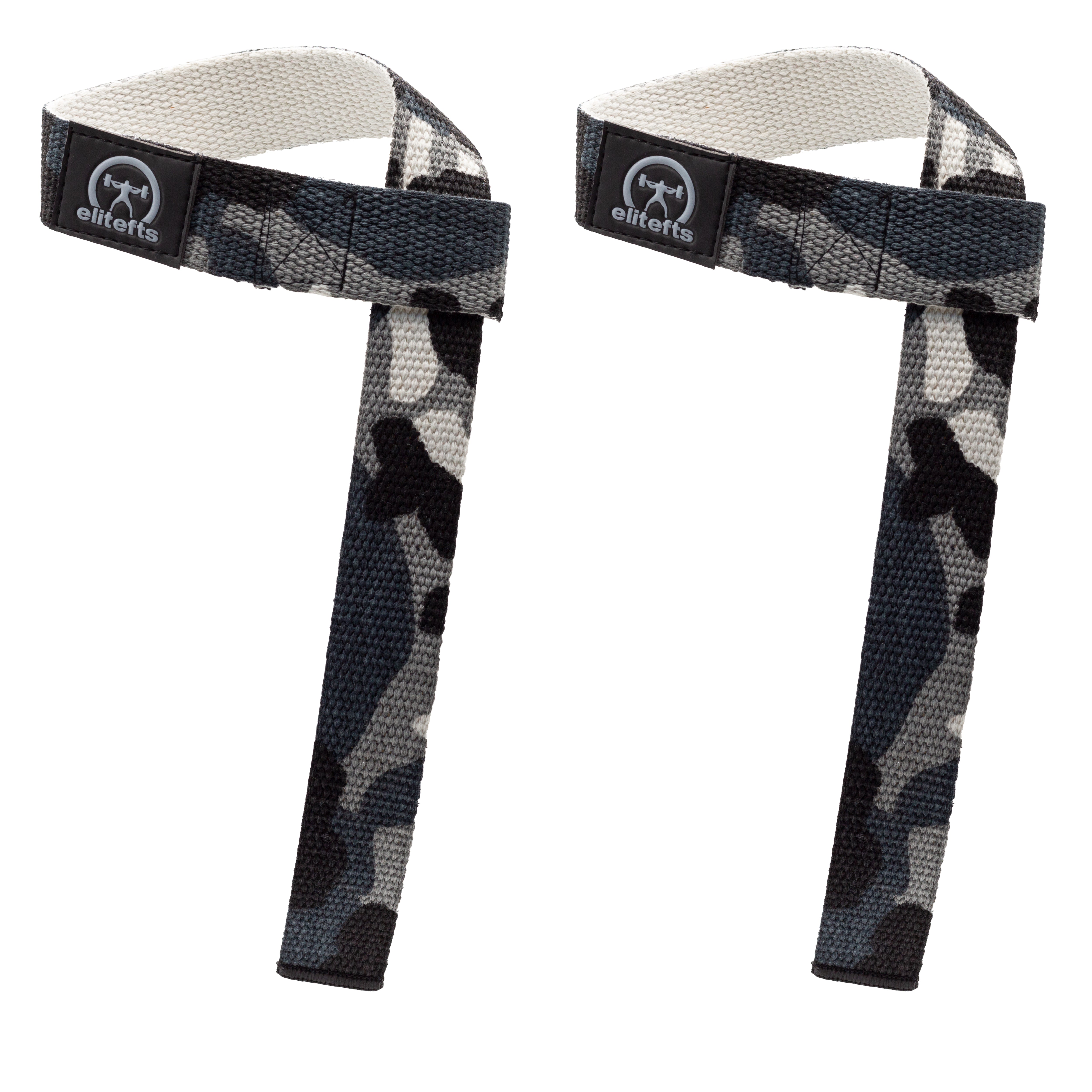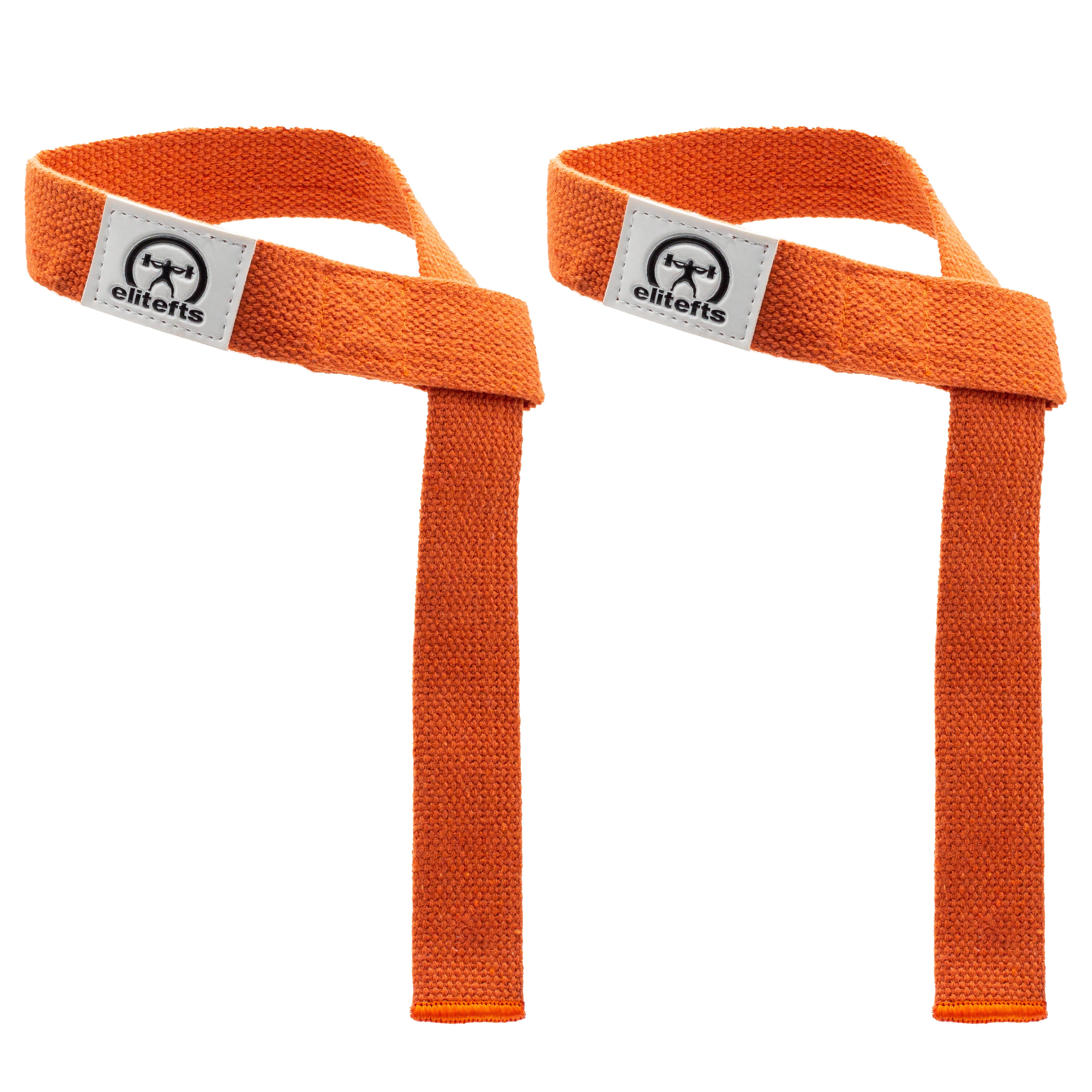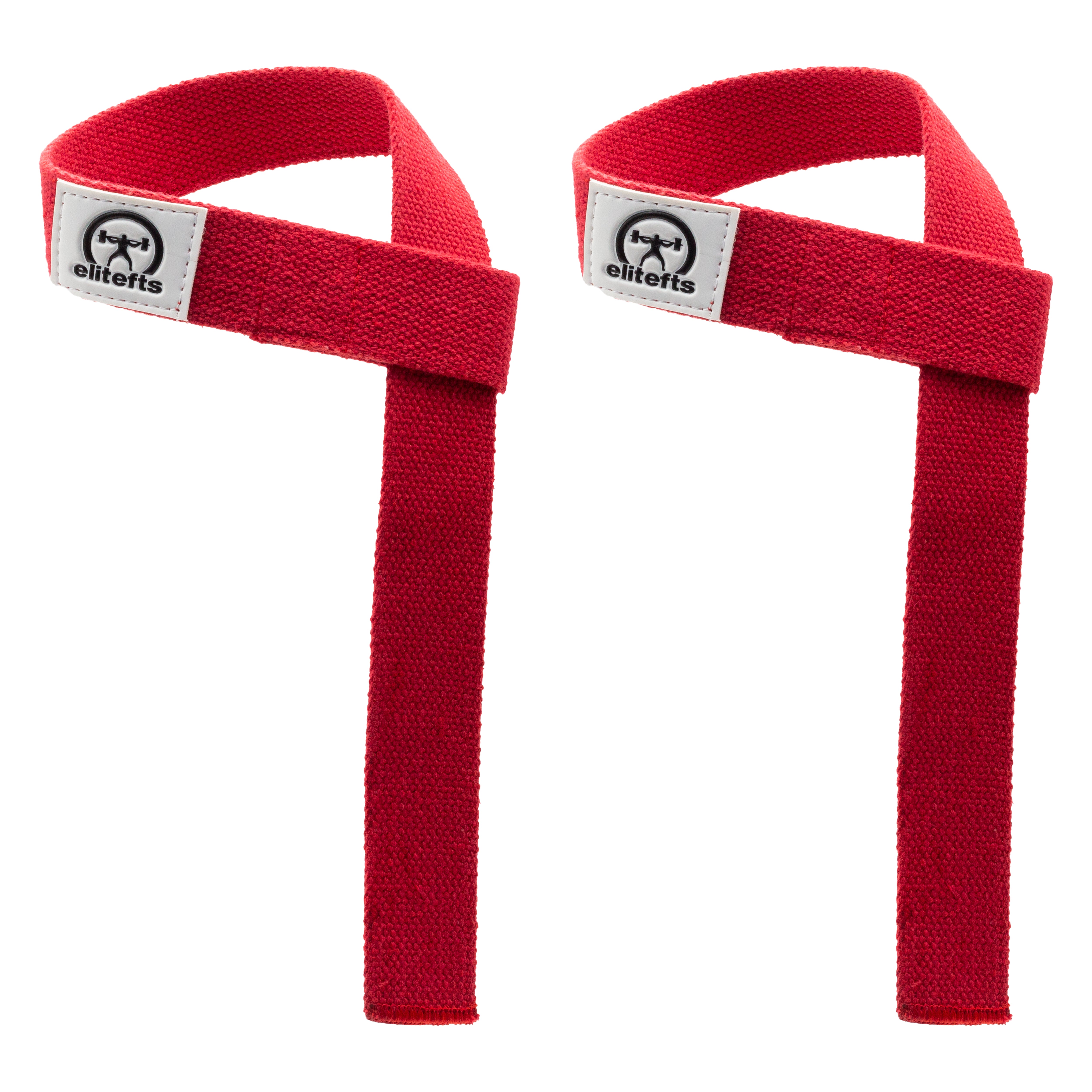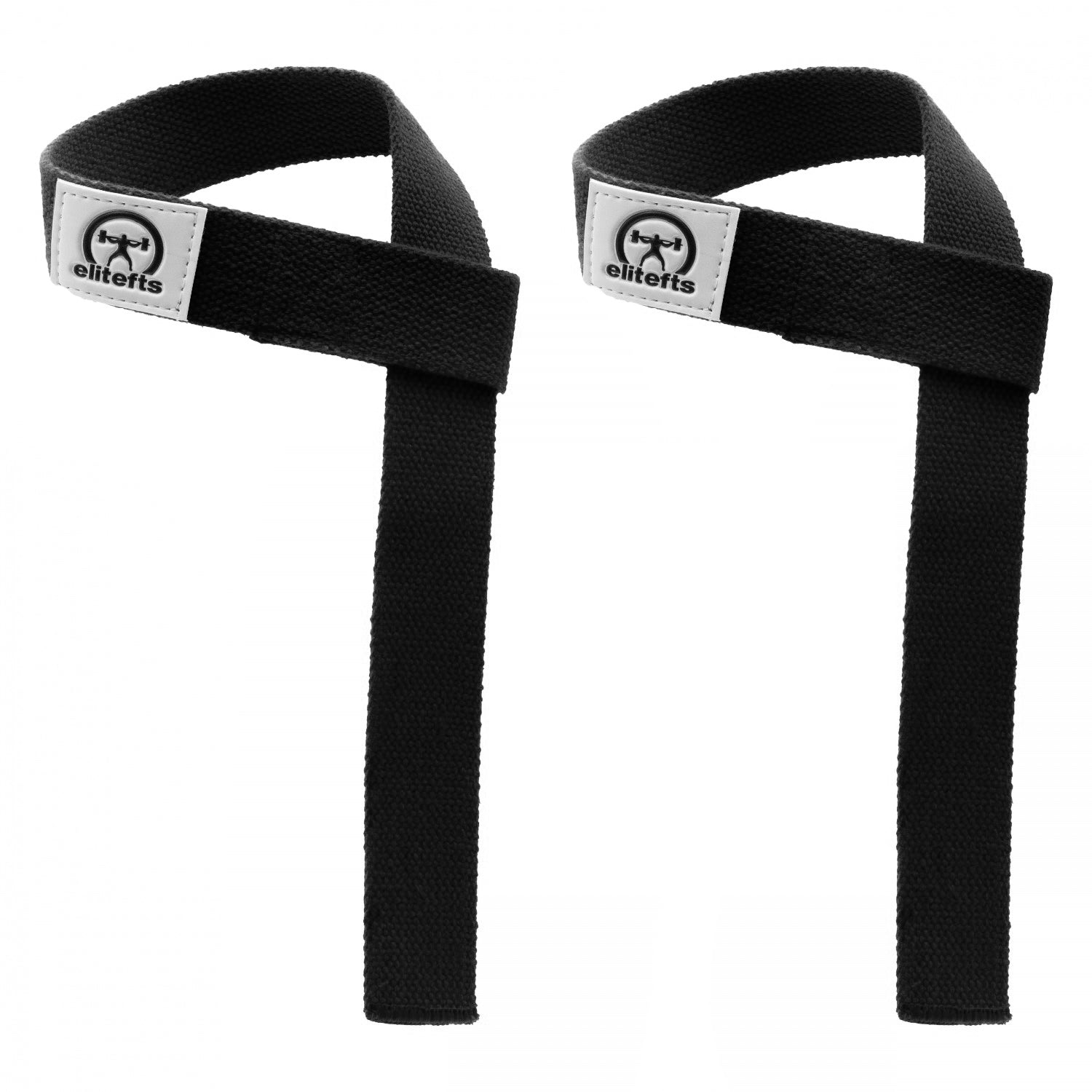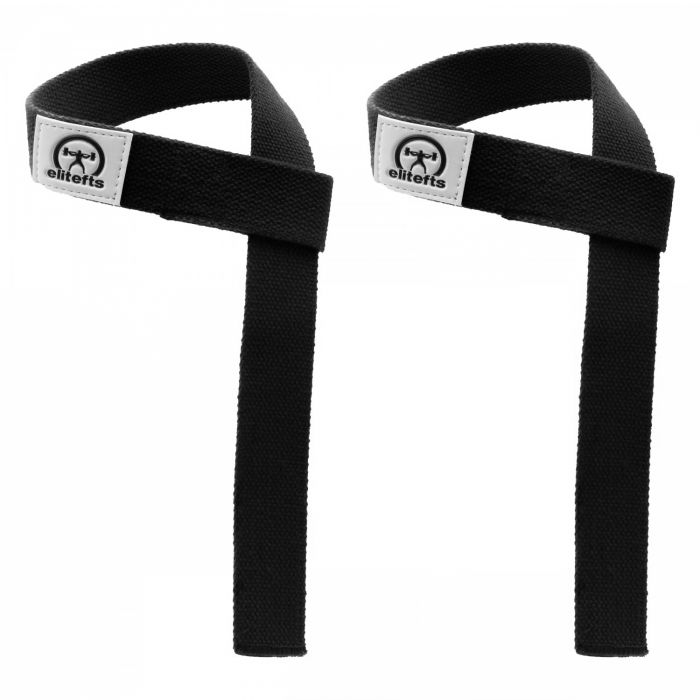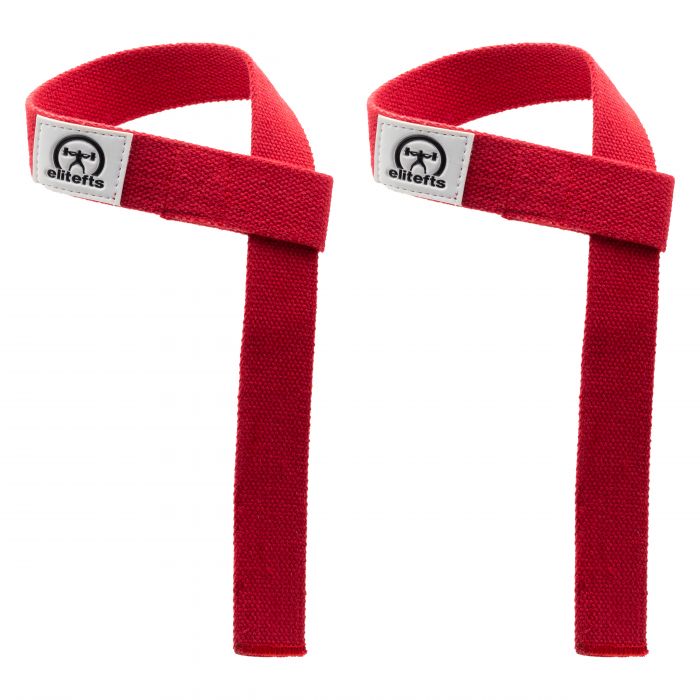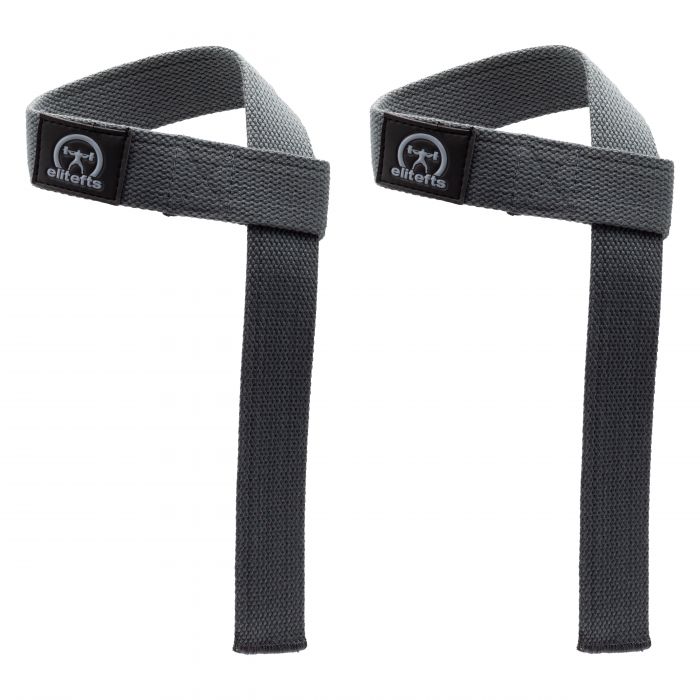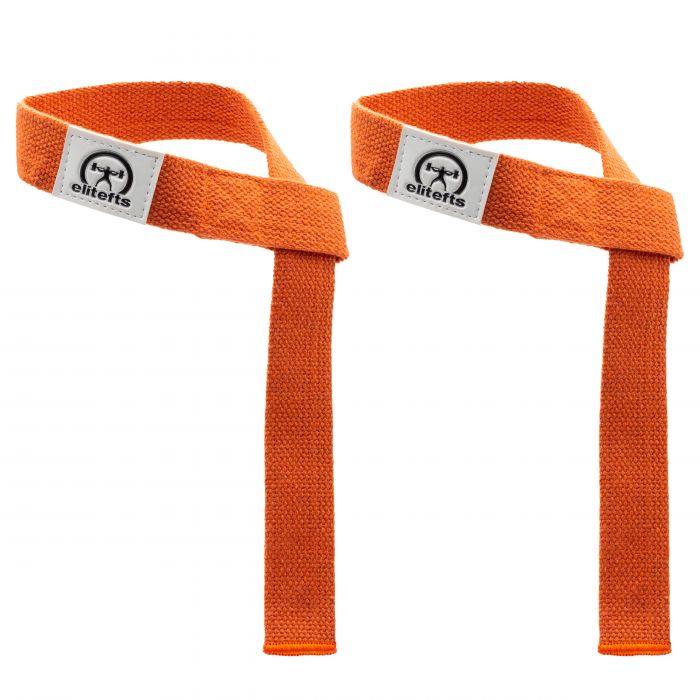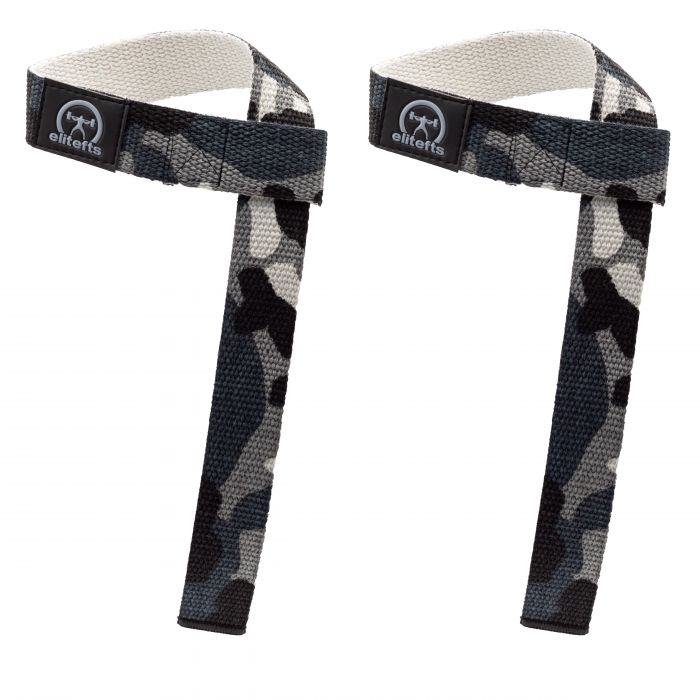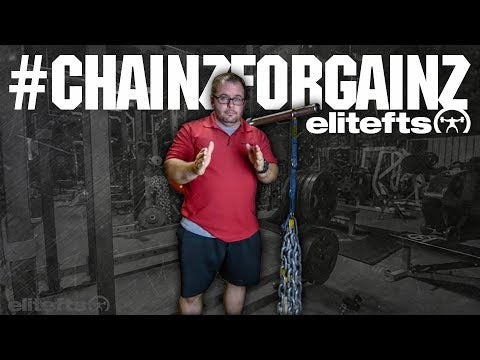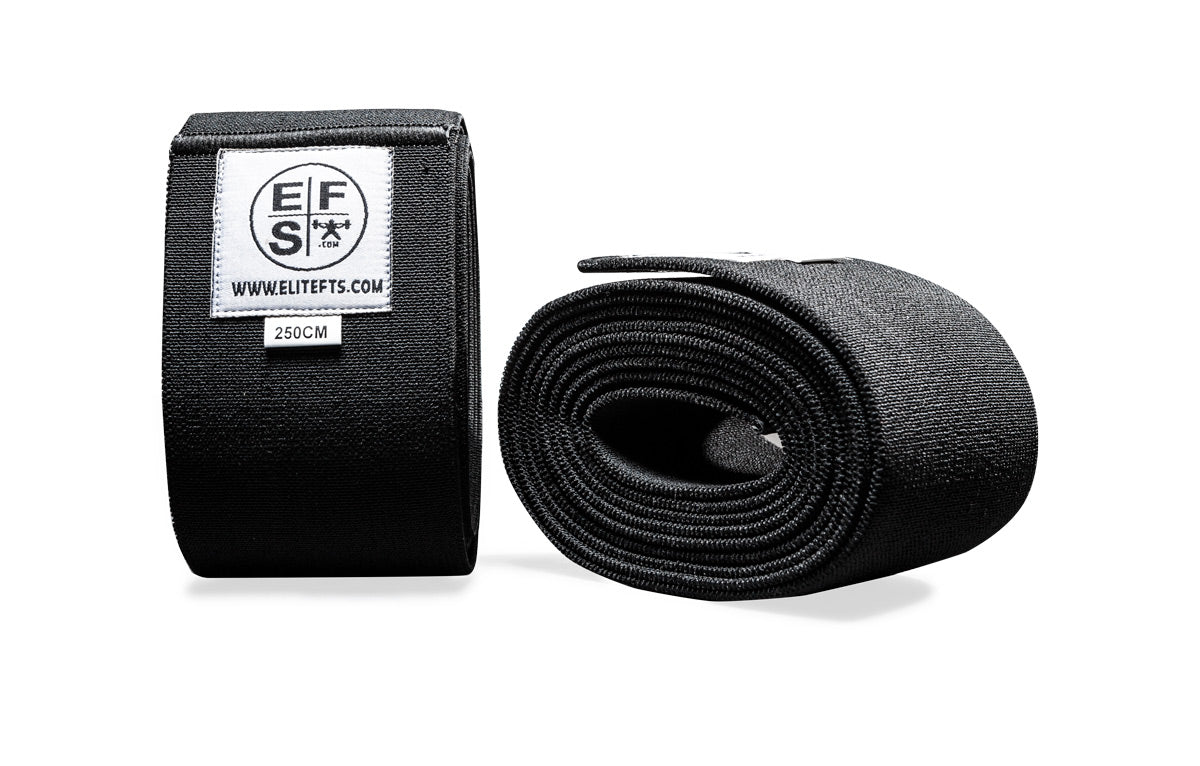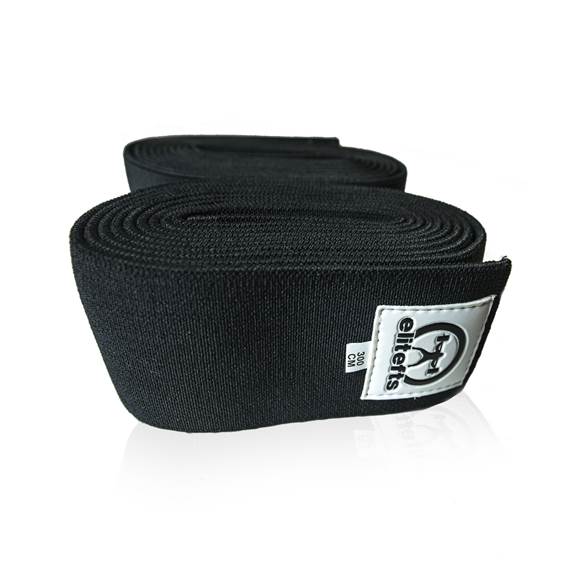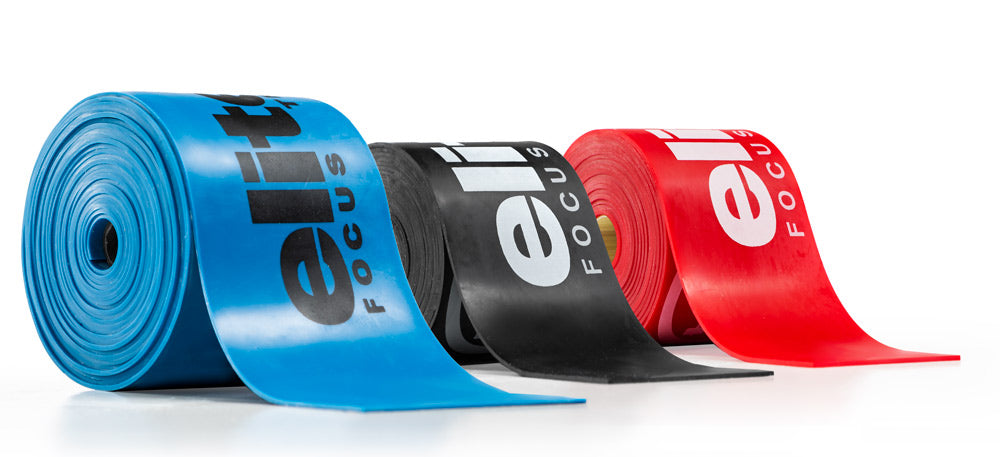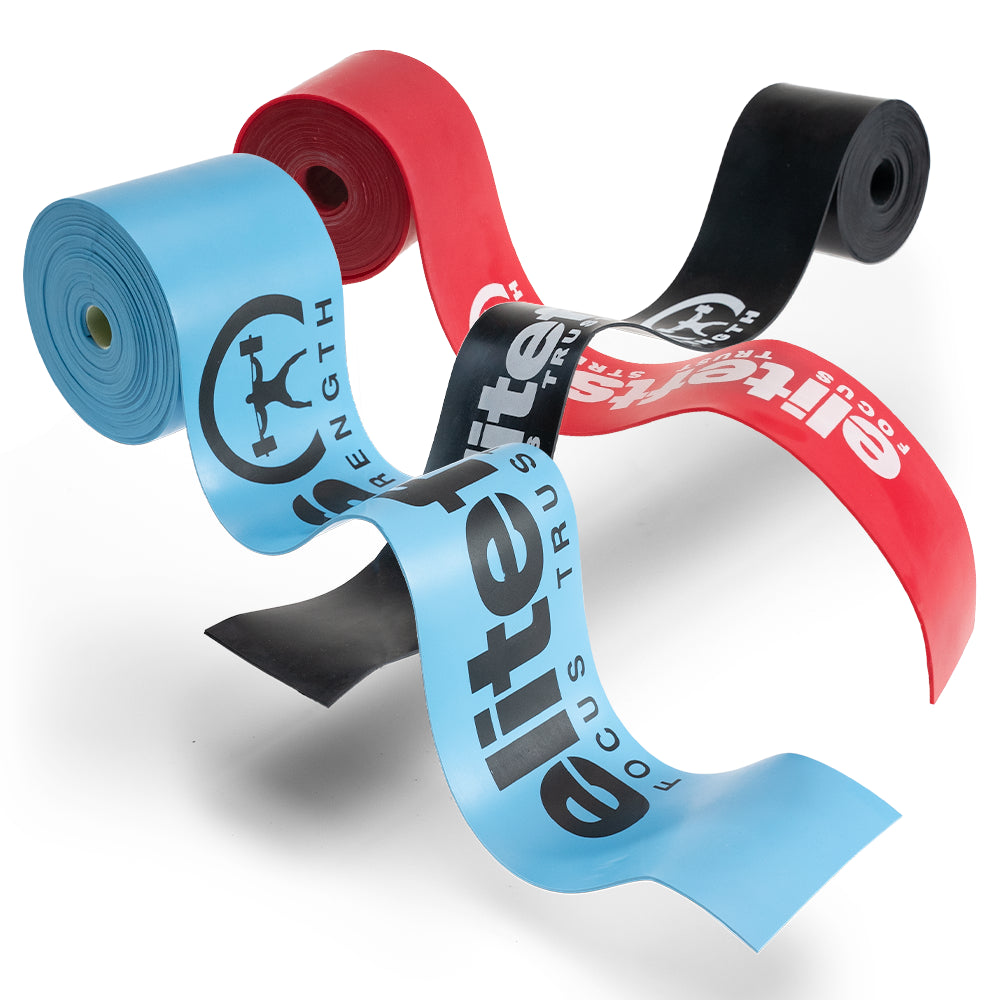Like so many other strength coaches, when I look back on my own career, I wish those who had trained me would have known more about effective physical preparation. My high school baseball coach, arguably the most important adult in my life at the time other than my parents, told me to train hard during the off-season and then “maintain” during the season. His plan worked for some time; however, as my body adapted to the reduced volume and intensity, my strength suffered. As a result, I was unprepared to play my best late in the season—when it mattered most.
Luckily, I received great advice from another coach one year later, and it changed the way I trained forever.
“There is no maintain,” he said. “You’re getting stronger or you’re getting weaker.”
It was that simple. I stopped “maintaining,” and I figured out how to train hard year-round—even when practices, games, travel, and fatigue often only permitted me an hour or less to train every week. As a result, I was better physically prepared, and I played some of the best games of my career in May instead of March.
Athletes' schedules and physical demands are far different in-season than they are during the off-season, but a well-designed training program that addresses individual needs and considers the demands of the sport doesn't have to be. The most important exercises remain largely the same...So does the attitude with which the athlete approaches each training session. Here’s a look at the adjustments I make for my athletes to ensure that they don’t “maintain.”

Exercise Selection
Throughout the year, my programs include at least one type of the following four movements:- Upper body "push"
- Upper body "pull"
- Lower body "push"
- Lower body "pull"
Exercise type | Off-season choice | In-season choice |
| Upper “push” | Bench press, incline bench | Floor press, board press, reverse band bench press |
| Upper “pull" | Pull-up (various grips), barbell row | Band-assisted pull-up (palms up), machine row |
| Lower “push” | Back squat (Olympic and PL style), front squat | Box squat, box squat w/ safety squat bar |
| Lower “pull” | Deadlift, power clean, good morning | Trap bar deadlift, hang clean, RDL |
Keeping an eye on the risk-to-reward ratio and choosing the best exercise for an athlete to perform with maximum effort during the season allows for continued strength gains without the added wear and tear on his already-taxed joints.

Frequency
Since practices, games, and travel overwhelm an athlete’s schedule during the season, it's not wise to assume that he’ll have more than 90 minutes of training each week. There will also be weeks that only allow 30 minutes or less. Therefore, the most important components of the training plan must occur during the first few minutes. Otherwise, there will be too much time between meaningful sessions to achieve the desired training effect.In addition, many players won't have a 90-minute block of time to train, so the plan must be flexible enough to break into two 45-minute or three 30-minute sessions. For example, I might program a two-day program for a football player as such:
Session A: Upper body push, lower-body pull, supplemental exercises Session B: Lower body push, upper body pull, supplement exercises
A three-day program might look like this:
Session A: Lower body push, supplemental exercises Session B: Upper body push, upper body pull Session C: Lower body pull, supplemental exercises
The supplemental exercises should address each athlete's individual needs without de-emphasizing the main lifts. I might include one-leg exercises and extra work for the triceps, biceps, rotator cuff, and abs.
Volume
Training volume in-season should be determined just like any other time of year: the athlete should follow Mel Siff’s minimax principle of putting forth minimum effort to achieve maximum results in the shortest amount of time (2003, p. 429). In other words, the athlete should do just enough to make the desired gains, but no more.However, an athlete's ideal training volume changes weekly, perhaps even daily, due to games, practice, travel, sleep, and nutrition. Trainers and coaches aren't always aware of these changes, and many athletes (especially high school athletes) haven't yet learned how to "listen to their bodies." Therefore, determining the ideal volume must be simplified.

To help my athletes determine the appropriate volume, I give them three ways to describe how they feel (and thus choose the appropriate volume) on any given training day:
- "Alive and well" (well-rested and prepared to train): Full volume
- "Alive" (either well-rested or prepared to train): Minus one set
- "Dead" (neither well-rested nor prepared to train): Minus two sets
All supplemental exercises should be done for one to three sets of 10-20 reps.
It's not a perfect plan, but offering athletes at any level three concrete choices helps them make informed decisions and perform a quality session, especially when I’m not there to assess their condition in person.
Intensity
Since the time to train is so limited during the season, it's vital to keep the intensity high in at least a few sets every week. Siff writes that hitting one set per week with a 1-rep max effectively builds strength for up to six weeks (2003, p. 257-58). Coaches like Ian King (2005) and Charles Poliquin (2012) have both written that intensity is more vital to strength gains than volume. Therefore, athletes should perform at least one set of their main exercises at or above 90 percent of their max as frequently as the schedule and physical condition allows.Using the volume parameters described above, an "alive and well" athlete should perform a top set of 90+ percent of his max (stopping short of failure), followed by a back-off set with either reduced weight or reps. An "alive" athlete would perform the top set but no back-off, and a "dead" athlete would work up to a top set of something less than 90 percent of his max.
Supplemental exercises should be done purposefully but with moderate intensity. In other words, I expect my athletes to do their external rotations...but not drive home talking about that last set of them.

Sample Training Program
The following is a sample in-season program for a high school football player that includes sets, reps, and intensities for “alive and well,” “alive,” and “dead” days.Session A: upper body push, lower-body pull, supplemental exercises Session B: lower body push, upper body pull, supplement exercises
Session A | Alive & Well | Alive | Dead |
| Floor Press | 3-5RM, 1x5 @ 90% of top set (conservative) | 5RM (conservative) | 80-90% of 5RM (conservative) |
| RDL | 3x6-12 | 2x6-12 | 1-2x6-12 |
| Reverse Lunge | 2-3x8-12 | 1-2x8-12 | 1x8-12 |
| External Rotation w/ Band | 3x15 | 2x15 | 1-2x15 |
| Plank | 3-4 sets | 2-3 sets | 2 sets |
Session B | Alive & Well | Alive | Dead |
| Box Squat | 3-5RM, 1x5 @ 90% of top set (conservative) | 5RM (conservative) | 80-90% of 5RM (conservative) |
| DB Row | 3x6-12 | 2x6-12 | 1-2x6-12 |
| Tricep Extension | 2-3x8-12 | 1-2x8-12 | 1x8-12 |
| Bicep Curl | 2-3x8-12 | 2x15 | 1-2x15 |
| Palloff Press | 3-4 sets | 2-3 sets | 2 sets |
References
- Siff, Mel C. Supertraining. Sixth Edition, 2003. p 257-58, 429
- King, Ian. “The Wave Loading Manifesto.” 7 March 2005. http://www.t-nation.com/free_online_article/sports_body_training_performance/the_wave_loading_manifesto
- Poliquin, Charles. “Practical Methods to Avoid Overtraining.” 17 April 2012. http://www.poliquingroup.com/ArticlesMultimedia/Articles/Article/857/Practical_Methods_to_Avoid_Overtraining.aspx


















































